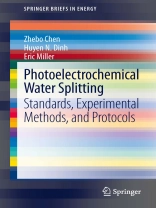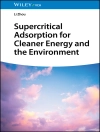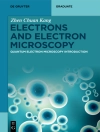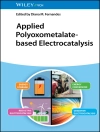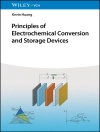This book outlines many of the techniques involved in materials development and characterization for photoelectrochemical (PEC) – for example, proper metrics for describing material performance, how to assemble testing cells and prepare materials for assessment of their properties, and how to perform the experimental measurements needed to achieve reliable results towards better scientific understanding. For each technique, proper procedure, benefits, limitations, and data interpretation are discussed. Consolidating this information in a short, accessible, and easy to read reference guide will allow researchers to more rapidly immerse themselves into PEC research and also better compare their results against those of other researchers to better advance materials development. This book serves as a “how-to” guide for researchers engaged in or interested in engaging in the field of photoelectrochemical (PEC) water splitting. PEC water splitting is a rapidly growing field of research in which the goal is to develop materials which can absorb the energy from sunlight to drive electrochemical hydrogen production from the splitting of water. The substantial complexity in the scientific understanding and experimental protocols needed to sufficiently pursue accurate and reliable materials development means that a large need exists to consolidate and standardize the most common methods utilized by researchers in this field.
Daftar Isi
Introduction.- Efficiency Definitions.- Experimental Conditions.- PEC Characterization Flowchart.- UV-Vis Optical Characterization.- Flatband Potential Measurement Techniques.- Incident Photon-to-current Conversion Efficiency/Photocurrent Spectroscopy.- 2-Electrode Short Circuit Current Density.- Hydrogen Detection.- Stability Testing.- Index.
